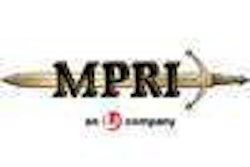U.S. Customs and Border Protection on Monday, June 1, implemented the Western Hemisphere Travel Initiative, a result of the Intelligence Reform and Terrorism Prevention Act of 2004 and a key recommendation of the 9/11 Commission that requires U.S. and Canadian travelers to present a secure travel document that denotes identity and citizenship when entering the United States.
CBP says WHTI narrows the list of acceptable identity and citizenship documents because of their issuance process and physical security features. Approved documents include the traditional passport book, as well as cards that are equipped with radio frequency identification (RFID) technology: the U.S. passport card, a NEXUS, SENTRI or FAST Trusted Traveler Program card, or a state- or province-issued enhanced driver’s license.
When entering the United States from Mexico or Canada, drivers are required to hold up a travel card — as well as those of any passengers in their vehicle — drive slowly toward the inspection booth and stop for an interview with an officer. The automated read of the RFID tag links to a secure CBP database. Before a driver arrives at the booth, the CBP officer can review their photograph, biographic information and the results of law enforcement checks.
CBP says that by queuing up this information while drivers are headed toward the booth, the officer can verify identities more quickly and shave time off of the former inspection process. Because all RFID-enabled travel cards can be read at one time, it saves the officer from having to manually type information about each individual in a vehicle, according to CBP.
For more information, go to www.cbp.gov.










